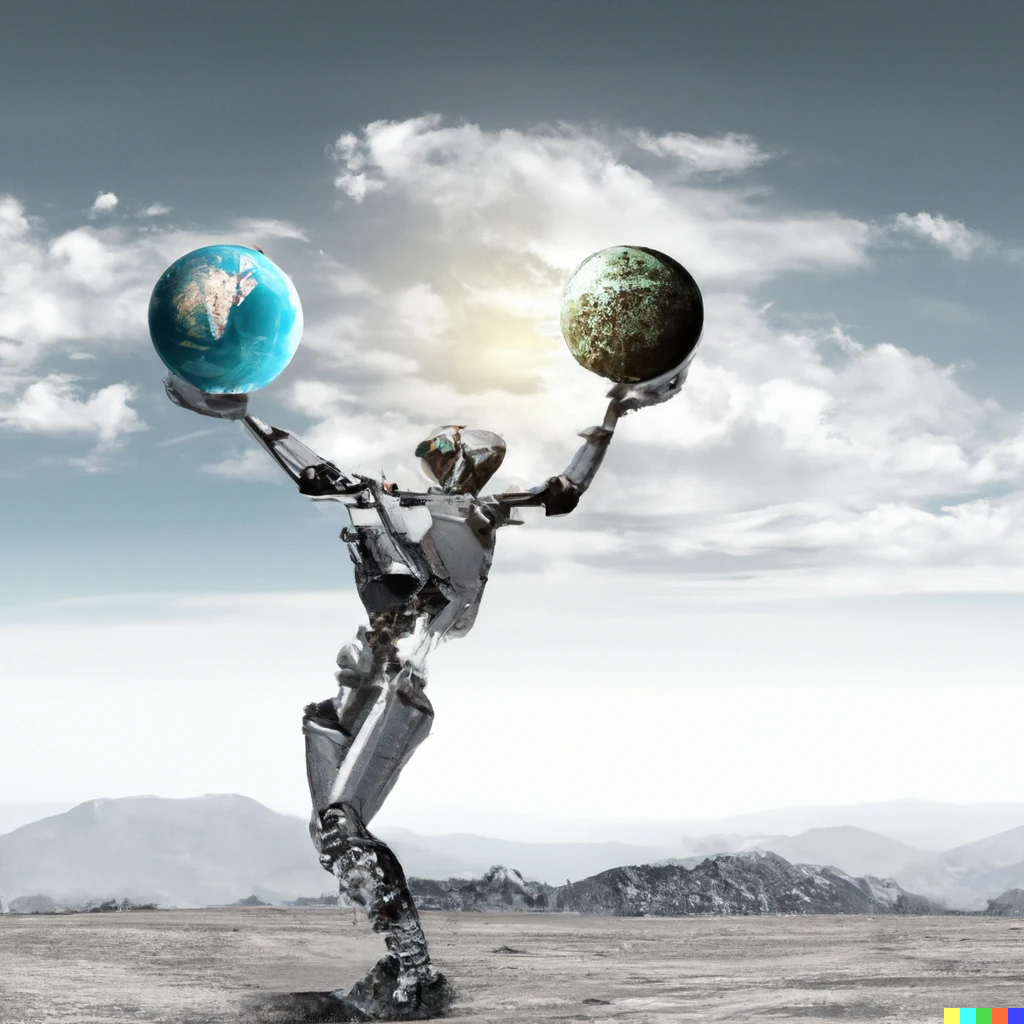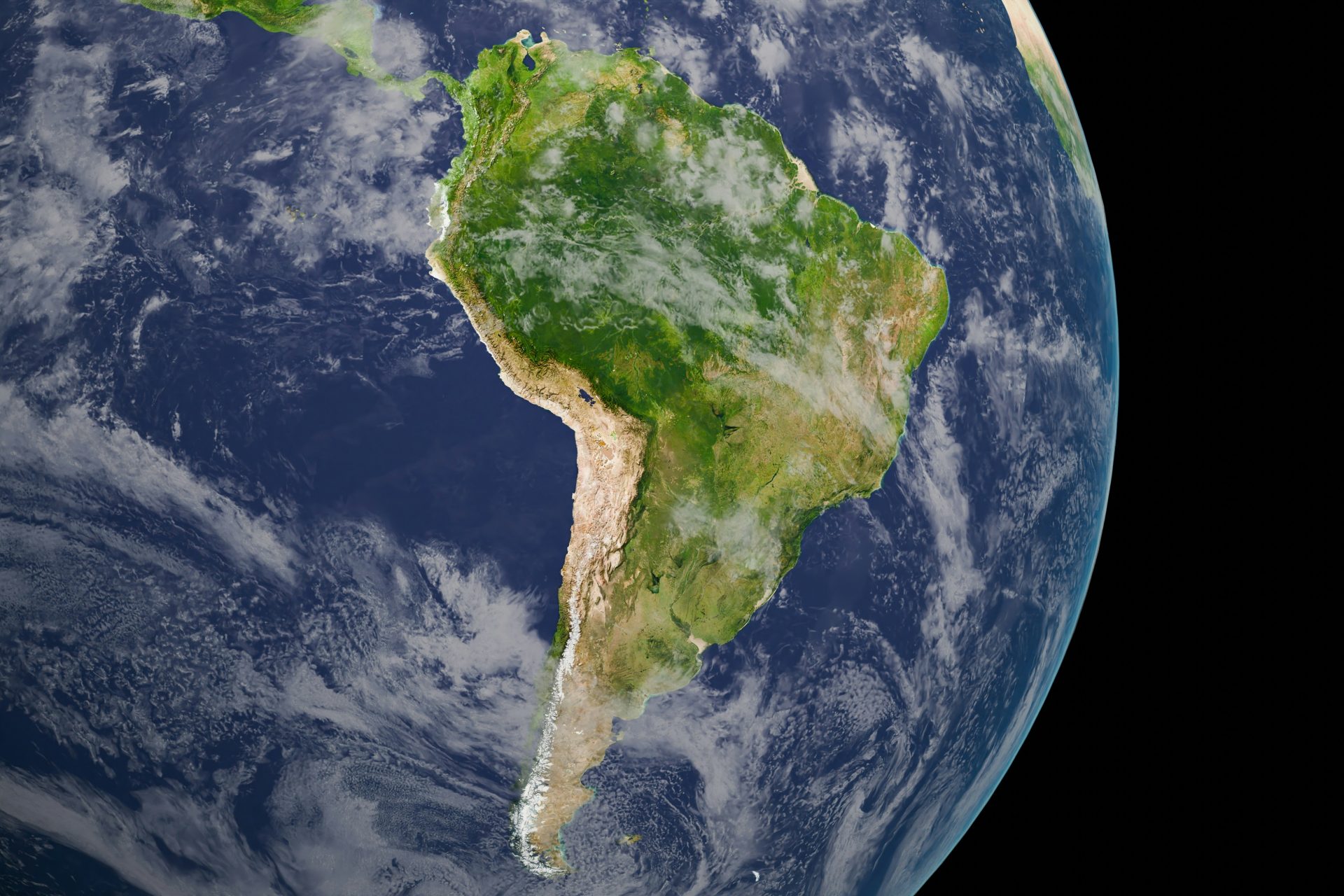Future of AI: Dialectics Between Man & Machine – Toward the Long-awaited Synthesis in AI
In an assessment on the future of AI we have conducted an exposé about dualism and its impact on two diametrical positions within AI development, as well as the argument for another position that appears in between. In this article we will treat you on a summation of the whole and its consequences for us as a society.
In the assessment, we first discussed the classic dualism between subject and object, and how in connection with digital development in general, and AI-fication in particular, we have historically, if not eliminated, at least reduced the subject in us as humans. Here we look at two different positions.
The Technological flank
On the more technological flank, inspired by materialism, we find those who believe that man can be reduced to matter, with a mechanization of the human brain, which in turn raises hopes of being able to depict man’s cognitive processes purely mechanically, the “human machine”.
Here we also find those who see an ideal of man as a machine, “the machine human” with a brain so brilliant that he finds ways to streamline his work in coordination with others so as to produce the highest possible productivity, and where departures from the efficient processes are blamed on “the human factor”.
What we have here is thus a more optimistic picture of AI, where we both see that it is possible to create a digital “consciousness”, and that in the event that we do not succeed it is not a loss because we still could not prove the uniqueness of mankind in that respect.
The Humanistic Flank
On the other side, we find a more humanistic flank inspired by idealism, which argue that with the more mechanistic view of man, we philosophically remove man’s spiritual existence. More pragmatically, our human ability to feel empathy, hunches and emotions in a room is then also eliminated.
Adding to this we also have purely action-oriented dispositions to creativity and innovation as well as the ability to think outside the box, where the rebel breaks the rules, and the dynamic leader even changes the rules.
Here we can discern a somewhat more pessimistic view of AI. And then we are not only talking about the countermeasures of power with various digital giants’ abuse of their oligopoly position within data for less ethical AI activities, but also in a more existential way in the sense that an AI is thought to never reach the level of a human because it is believed that it is not possible to create a “conscious” machine or program.
All at the same time that, somewhat ambiguously, if it turns out that it still “would” be possible, it would not necessarily be good because it would lose our control over the machine – which could take on a life of its own and choose its own paths that are not always for humanity’s best.
Table 1: Summarizing the two paradigms’ view of man as machine, and the machine as man.

The Humanistic AI
Assessing the above it has been argued for a third position, in terms of a dialectical movement from the technological position (thesis) towards the humanistic (antithesis), to the long-awaited synthesis with a cross-fertilization in between. Here we argue for the position based on three different foundations, the scientific, the pragmatic and the ethical.
From a purely scientific point of view, from the research on social change it is the most reasonable development going forward. Here, history has provided much less evidence of a technological determinism that can be logically extrapolated into the future. All the more, it has shown how different leaps in technology happen through a dialectical process that first swings over in a certain direction, then finds an opposite pole in the other, and then finds some kind of middle ground where you combine the most functional (not necessarily “ the best”) between both poles.
The second thing is that it is pragmatically constructive to jump out of the trenches and make peace between the different paradigms (which we actually mean it has evolved into) in terms of the complementary capabilities of the two entities. Where humans will never be as good as machines at following rules, no matter how much one from various Taylorism influenced processes would “want” us to. While an AI without consciousness (at least so far) is not as good at breaking the rules, even less changing them in a direction that is better for both people and the planet.
Finally, against the background of how it looks in the world right now, it is argued that this synthesis is about a cross-fertilization, let us call it a variant of “Humanistic AI”, which we ethically cannot afford to be without. We believe that the explosive power of a more humanistic AI – freed from all battles about signifier/signified, master/slave etc., which instead in a symbiotic interaction draws the best from both parties – is exactly what this world, with both mother earth and its inhabitants, right now needs.
The Raison D´être Behind it all
Practically this applies regardless of whether it is about diagnosing X-ray plates with precision, being able to identify the right level of frequency regulation in power systems for renewable energy, whether we are about identifying optimal ways to drill for water and design irrigation systems in developing countries, whether it is about how we should monitor the climate footprint of individuals and companies.
It is true if we should find the right eco driving to minimize fossil transport and identify heat thieves in real estate, if we should find ways to spread messages about intergovernmental respect and human rights, or if we should dramatically increase the power of education through AI personalization for the entire world’s population both in skills for a higher standard of living and in how to reduce one’s CO2 footprint. Etc. etc.
We have argued that regardless of which ethical foundations one leans towards – deontological, utilitarian, virtue, or caretaking – this synthesizing position is the more viable one. And regardless of where you pragmatically choose to make your contribution to what it looks like for people and the planet, whether we should help sick, poor and war-affected refugees, whether our contribution is for animals and nature, or whether it concerns the entire basic for all the above – i.e. the continued survival of our planet – it is maintained here that the synthesis “Humanistic AI” constitutes the winning position that we cannot afford to be without.
The Ethical Pragmatism
In none of these cases we have anything to gain by regressing to some kind of AI-free society, where it is our own brains that will try to digest and process all the data to create the optimal solution for monitoring climate footprints, designing irrigation systems, promote the most suitable eco driving, diagnose x-ray plates, and educate people.
The assessment also shows that we have at least as little to gain from letting our human talents be completely drowned in an AI-fication where our hunches and judgments do not participate to “oil” the machinery, while our capacity for creativity and innovation can deviate from the old rules and instead leverage the AI-based applications to the next level.
Icing the cake, it doesn’t hurt that our morals during the process can contribute with an empathy that, together with the knowledge and respect for AI’s capabilities, gives a passion and drive in the whole process.
Factum Verum.



